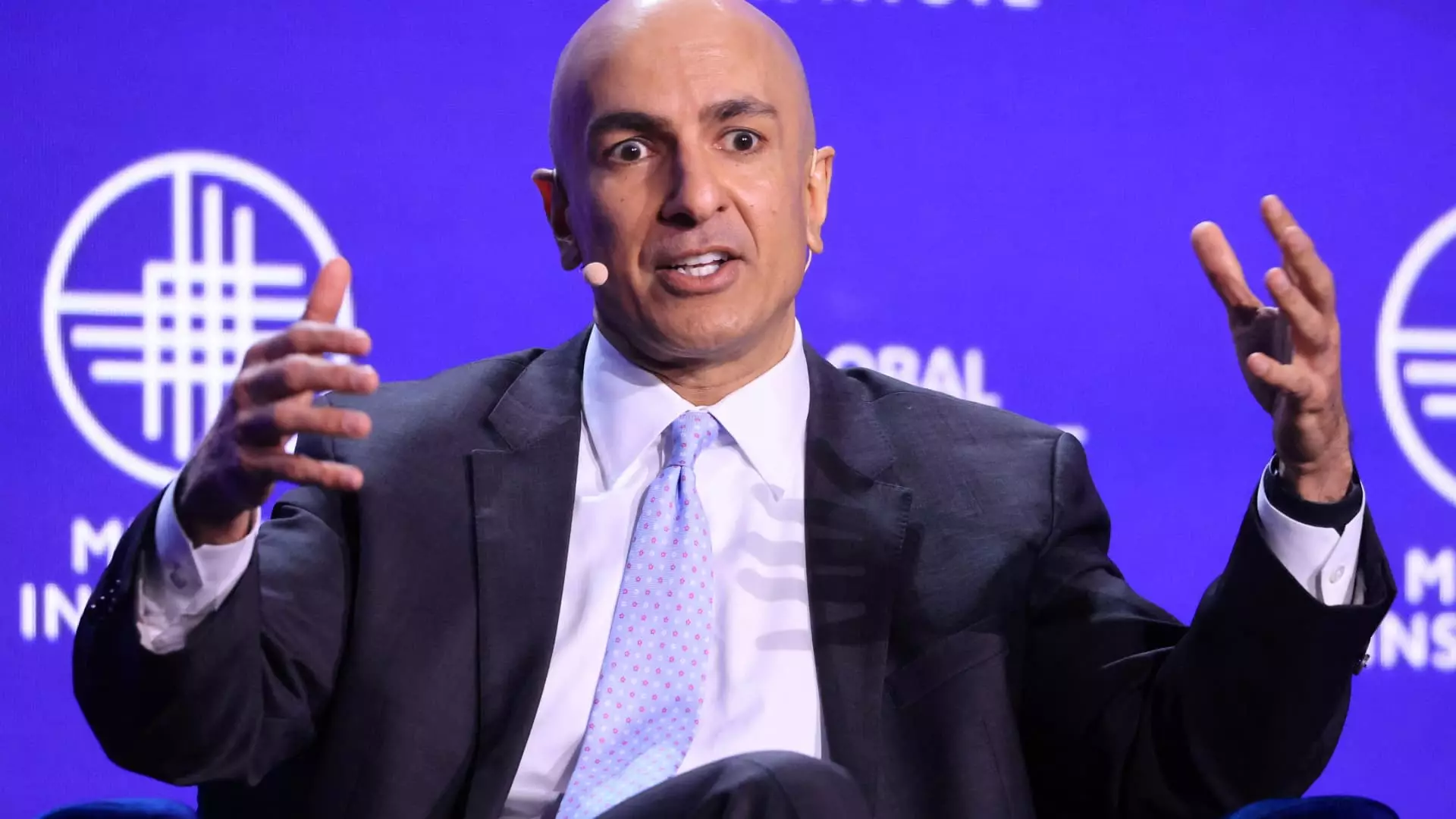As discussions heat up around President-elect Donald Trump’s proposed tariffs, concerns regarding the long-term repercussions on inflation have surfaced prominently in economic discourse. Neel Kashkari, President of the Minneapolis Federal Reserve, succinctly addressed these issues on CBS’ “Face the Nation,” where he illuminated the potential for escalating trade tensions to disrupt current progress against inflation. While he noted that one-time tariffs are unlikely to have lasting effects, he warned that if a cycle of retaliation ensues—characterized by countries imposing tariffs on each other—then the economic consequences could be significantly adverse. This scenario invites scrutiny of Trump’s trade strategies, especially given the context of his previous term, which ignited a full-blown trade war with China through a series of import taxes.
The Risk of Escalation
Kashkari’s insights remind us that the real threat lies not just in the implementation of tariffs themselves, but in the resultant chain reactions that these policies can invoke. The potential for a tit-for-tat exchange, where countries retaliate against tariffs, creates a volatile environment. These dynamics can exacerbate inflationary pressures, thereby undermining the Federal Reserve’s ongoing efforts to stabilize prices. Trump’s ambition to impose universal tariffs on imports, with a notably hefty 60% tax specifically aimed at China, raises red flags among economists and industry leaders alike. The potential for damaging trade relations to translate into higher prices for consumers complicates an already intricate economic landscape recovering from pandemic-induced inflation.
Kashkari’s remarks cast a spotlight on the broader economic environment, which is currently navigating a path towards lower inflation. He emphasized the strides made in reducing inflation from its peak but refrained from declaring victory, underscoring the need for cautious optimism. The Federal Reserve has recently implemented consecutive interest rate cuts in its pursuit of a monetary policy that aligns with its inflation target of 2%. Looking ahead, Kashkari indicated that further cuts could occur, contingent upon forthcoming economic data, illustrating the careful balancing act central banks must perform amidst political uncertainty.
A critical element of the Federal Reserve’s operations is its independence from political pressures. Trump’s interest in having direct influence over Fed policy raises important questions about the objectivity and efficacy of monetary policy decisions. Despite pressures from the administration and allies, including influential figures like Tesla CEO Elon Musk, Kashkari expressed confidence in the Fed’s commitment to prioritizing economic stability over partisan interests. He reassured that the focus would remain steadfastly on fulfilling economic mandates, devoid of electoral motivations. This sentiment reflects the essential distinction that the Fed must maintain between sound economic policy and political maneuvering.
As policymakers grapple with the implications of Trump’s tariff proposals and broader economic climate, the interplay between trade policies and inflation remains uncertain. Kashkari’s insights serve as a vital reminder of the complexities surrounding tariffs and their potential repercussions. With the specter of inflation looming, the need for vigilant and flexible economic strategies has never been more imperative. Crafting a coherent path forward that mitigates risks while promoting stability will define not only the Fed’s actions but the overall health of the U.S. economy in the years to come.

